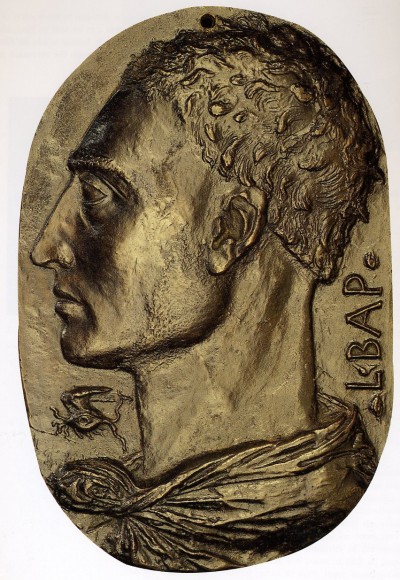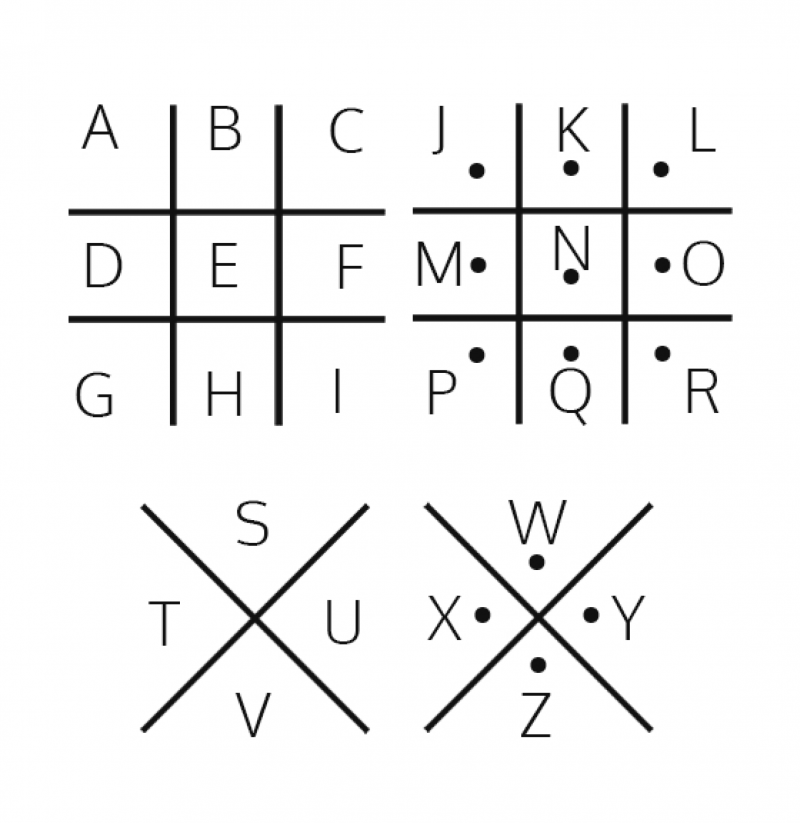How Cryptography Evolved Over The Centuries
By Anna Bettelli, Form 4ALC, Liceo G. Mazzatinti, Gubbio
The term cryptography (from the Greek words kryptos and graphía meaning secret script), refers to the art of writing secret messages using codes or algorithms which render them unintelligible to anyone not in possession of “the key” to their interpretation. We know that encoded messages have been employed since ancient times: the first known examples were found in Egyptian hieroglyphics dating from 4500 years ago.
In the middle of the 15th century, the eminent mathematician and architect, Leon Battista Alberti, became aware of the defects in sytems of encription thanks to his statistical analysis of the language and, desirous of making them less vulnerable, he developed a pluri-alphabetical code using a number of different alphabets and substituting the letters with others (for example A became F and so forth for the remainder in alphabetical order). His Code required the construction of an instrument known as Leon Battista Alberti’s Encryption Disc.

This was formed by superimposing two concentric discs, in any material,which were connected by a pivot. On the outer disc were inscribed 24 sections containing, in order, the 20 letters of the Latin alphabet including Z, but excluding the little-used H and K, (ABCDEFGILMNOPQRSTVXZ), followed by the numbrs 1,2,3,4. On the inner, so-called, mobile disc were inscribed 24 lower-case letters in random order. The random nature of this arrangement was fundamental to ensuring greater security for the cypher key.
In the course of time, coded messages evolved, becoming ever-more complex and difficult to solve. For example, instead of leaving the invention of new encrypted codes to human beings, a machine was created in 1923, the “Enigma”, which was capable of creating, decyphering, sending and receiving encoded messages. Its prototype version consisted of three rotors (wired-up rotating discs) which, according to how they were aligned, could provide up to 150 trillion different combinations. A more modern version of it was used by the Germans in the Second World War.
THE PIGPEN CYPHER KEY

The Pigpen Cypher Key was invented at the beginning of the 18th century and was originally used by Masonic lodges in the United States to ensure the secrecy of their accounts.Because of its simplicity, it is considered to be a weak encryption code as it is easy to crack. The Pigpen Cypher Key functions by means of the association of letters and symbols as exemplified in the photograph below.
Now enjoy GiroGiocando!
For a better experience, turn on auto-rotate mode and put your screen in landscape position!